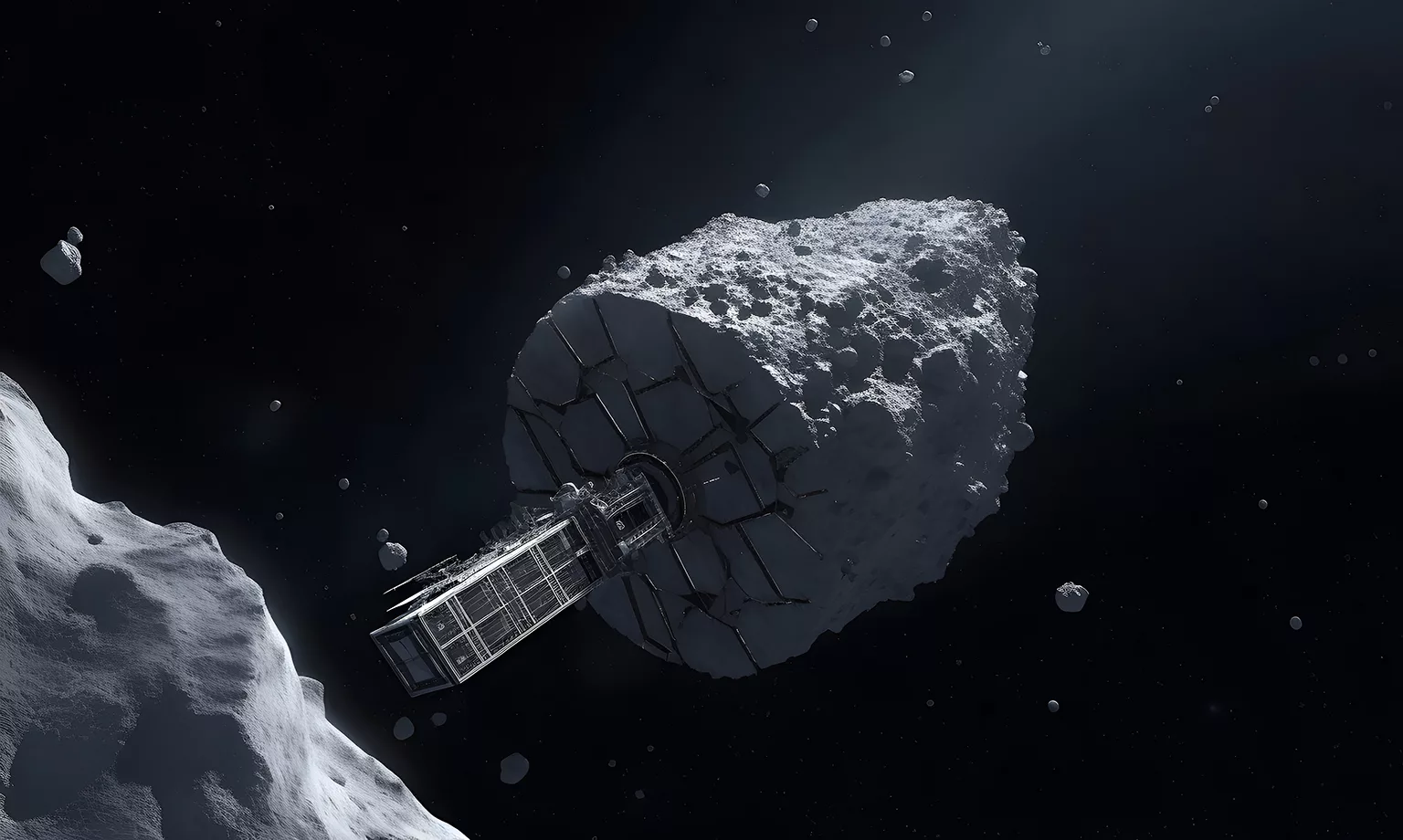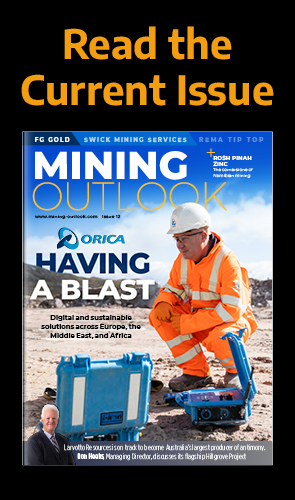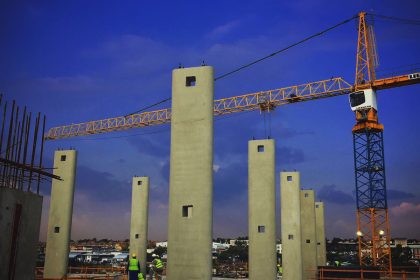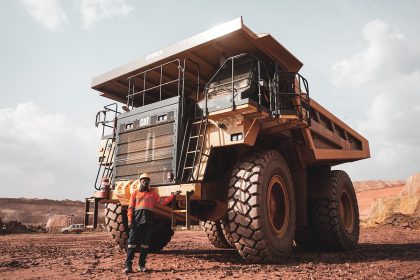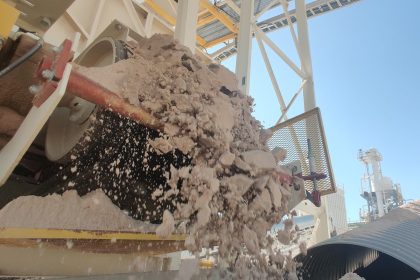As resource depletion on Earth becomes more tangible, the idea of extracting valuable elements from asteroids and returning these to Earth for profit, or using space-based resources to build solar power satellites and space habitats, becomes more attractive and potentially more achievable.
As the brutal, ever-more identifiable consequences of Earth’s environmental degradation and natural resource depletion become increasingly severe, scientists around the globe are placing greater emphasis on not only sustainably utilising the resources that we already possess but also on identifying new methods of obtaining critical materials.
One suggested solution, the ambitious process of asteroid mining, presents a concept that is truly out of this world.
Asteroids are small, rocky objects that orbit the sun like planets but are much smaller.
There are lots of asteroids in our solar system. Most of them can be found in the main asteroid belt – a region between the orbits of Mars and Jupiter.
THE HISTORY OF ASTEROID MINING
Asteroid mining is the hypothetical extraction of resources and materials from asteroids and other minor planets, including near-Earth objects.
Prior to 1970, the extravagant prospect of asteroid mining existed largely within the realm of science fiction. Intergalactic stories, such as ‘Worlds of If’, ‘Scavengers in Space’, and ‘Miners in the Sky’, told daring tales about the conceived dangers, motives, and thrilling experiences of mining asteroids.
Parallel to this, many researchers in academia continued to speculate about the profits that could be gained from asteroid mining, but they lacked the technology at the time to seriously pursue the idea further.
In 1969, however, the extraordinary success of the moon landing expedition spurred a wave of scientific interest in human space activity far beyond the Earth’s orbit, and as the next decade played out, more and more academic interest surrounded the topic of asteroid mining.
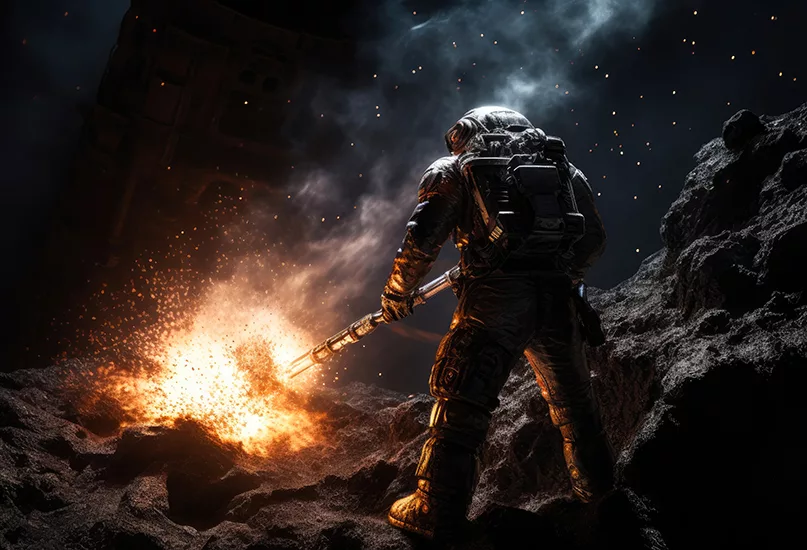
In the wake of these seismic lunar advancements, a vast collective of serious, measured academic consideration was then aimed at mining asteroids located closer to Earth than the main asteroid belt.
In particular, the asteroid groups Apollo and Amor were considered as potential targets, chosen not only because of their favourable proximity to Earth but also because many at the time thought they were rich in raw materials that could be refined.
Despite the wave of interest, many in the space science community were aware of how little was known about asteroids and, therefore, encouraged a more gradual and systematic approach to asteroid mining.
Academic curiosity in the topic continued into the 1980s, as the idea of targeting the Apollo and Amor asteroid groups still showed great promise. However, by the end of the decade, the interest in these clusters was replaced with the two moons of Mars, Phobos and Deimos.
Space research organisations such as NASA then began to formulate ideas of how to process materials in space and what to do with resources that would hypothetically be gathered.
Next, the 1990s saw more evolution in the theoretic landscape as new reasons emerged for pursuing asteroid mining, mainly revolving around environmental concerns, such as fears over humans over-consuming the Earth’s natural resources and trying to capture energy from the Sun in space.
In the same decade, NASA worked on establishing what materials in asteroids could be valuable for extraction, including free metals, volatiles, and bulk dirt.
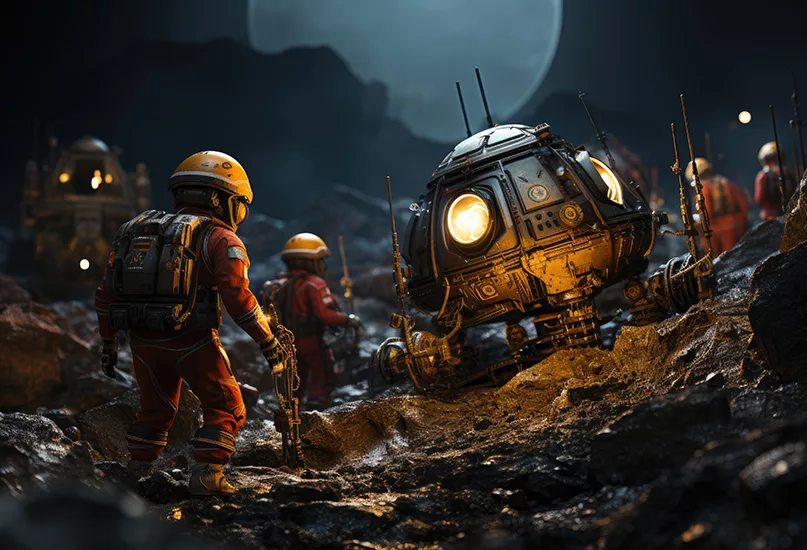
ECONOMICS OF THE STARS
The rocketing scarcity of resources is still a fundamental economic problem for humans, as we increasingly require seemingly unlimited needs in a world of concerningly limited and fast-depleting materials.
Since Earth’s supplies are finite, the relative abundance of asteroidal ore gives the tantalising prospect of space mining the potential to provide nearly unlimited resources, which would essentially eliminate the impending problem of scarcity in our current slate of materials.
Furthermore, perhaps the most apparent impact of asteroid mining would be on the global economy.
While asteroid mining could theoretically produce significant wealth for many individuals, as renowned astrophysicist, Neil DeGrasse Tyson, claims that the first trillionaire will be an asteroid mining mogul, some also argue that promoting this technology could also be the key to developing a future space economy, ranging from galactic tourism to future human settlement.
However, many experts also continue to argue on the flip side that asteroid mining would quickly destroy the economy of global raw materials, currently valued at about USD$660 billion.
These experts claim that the economy would be quickly overridden by the quintillions of dollars’ worth of material from asteroid mining that would subsequently flood the market, causing a rapid devaluation of global raw materials.
While the actualisation of this process is, for now, still merely conceptual, the world’s greatest minds will continue to study and learn more about asteroids in the hope that, one day, the possibility of mining them becomes a dazzling, game-changing reality.



